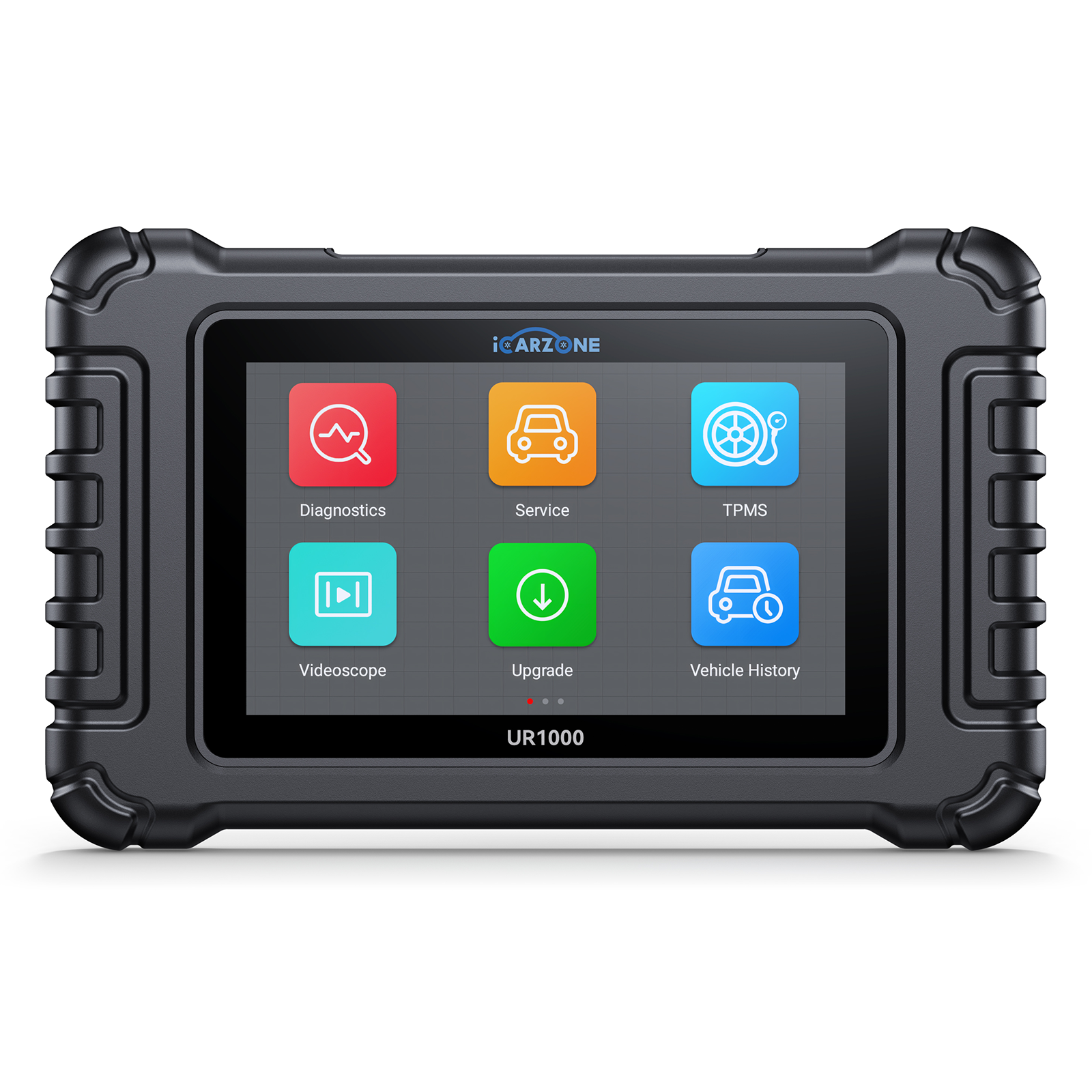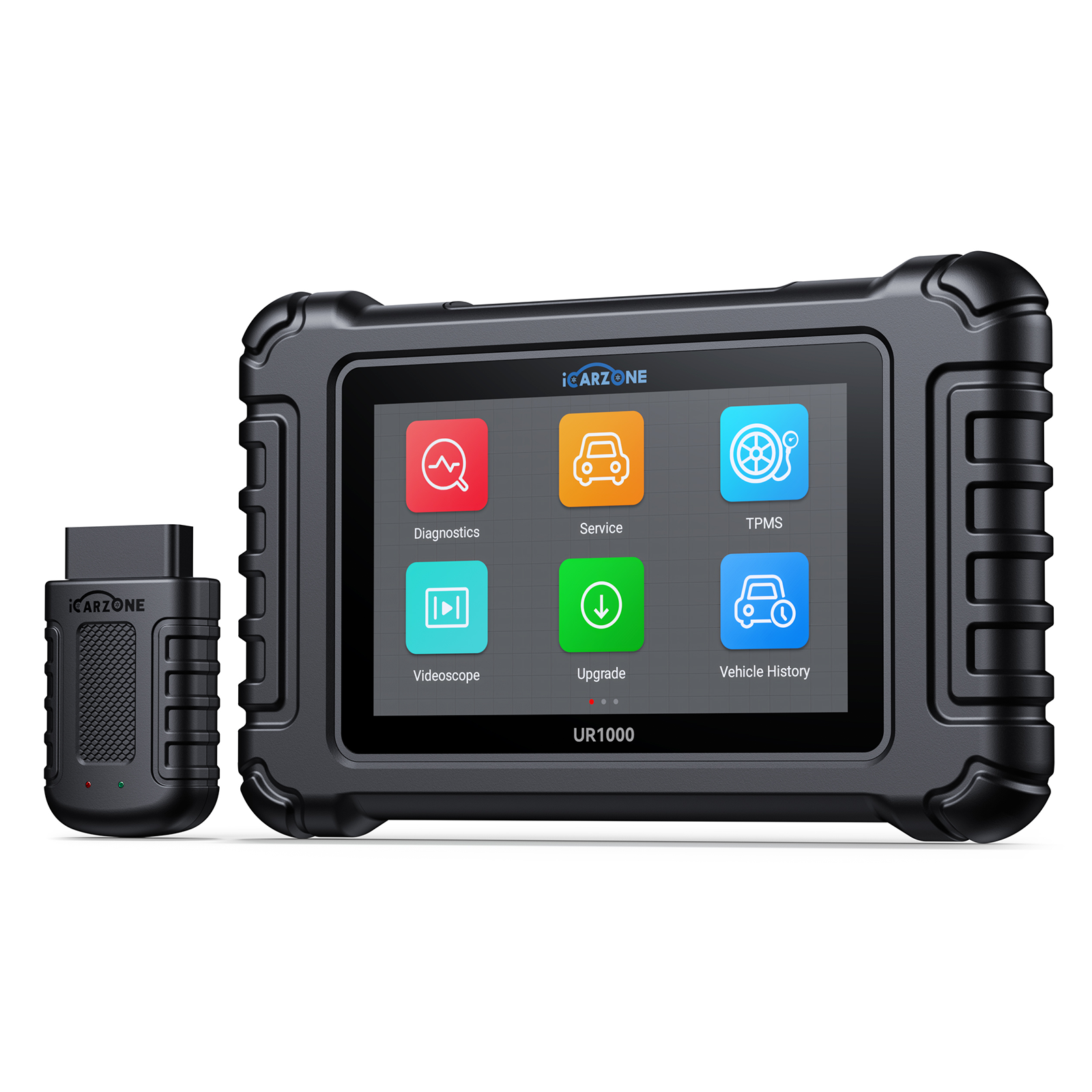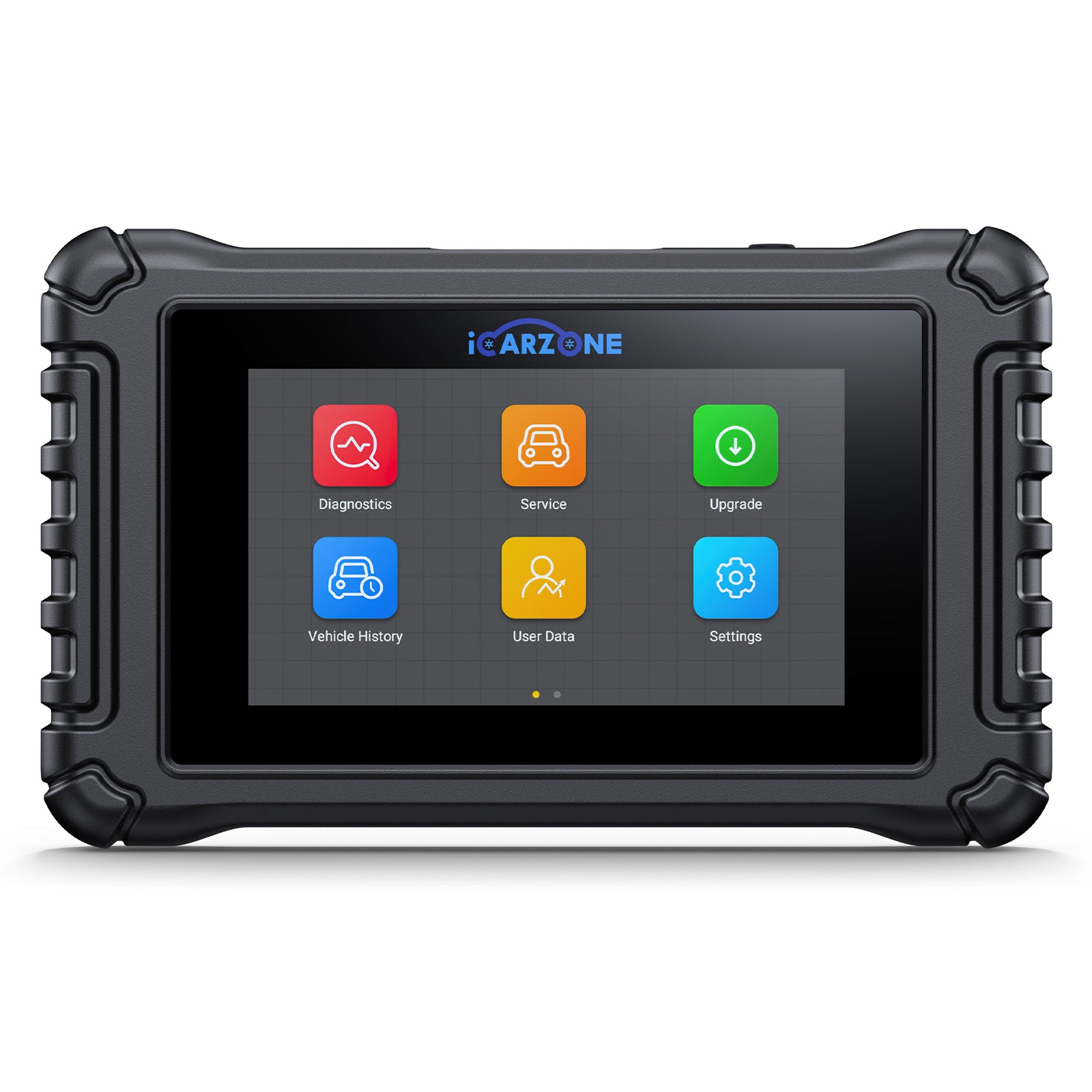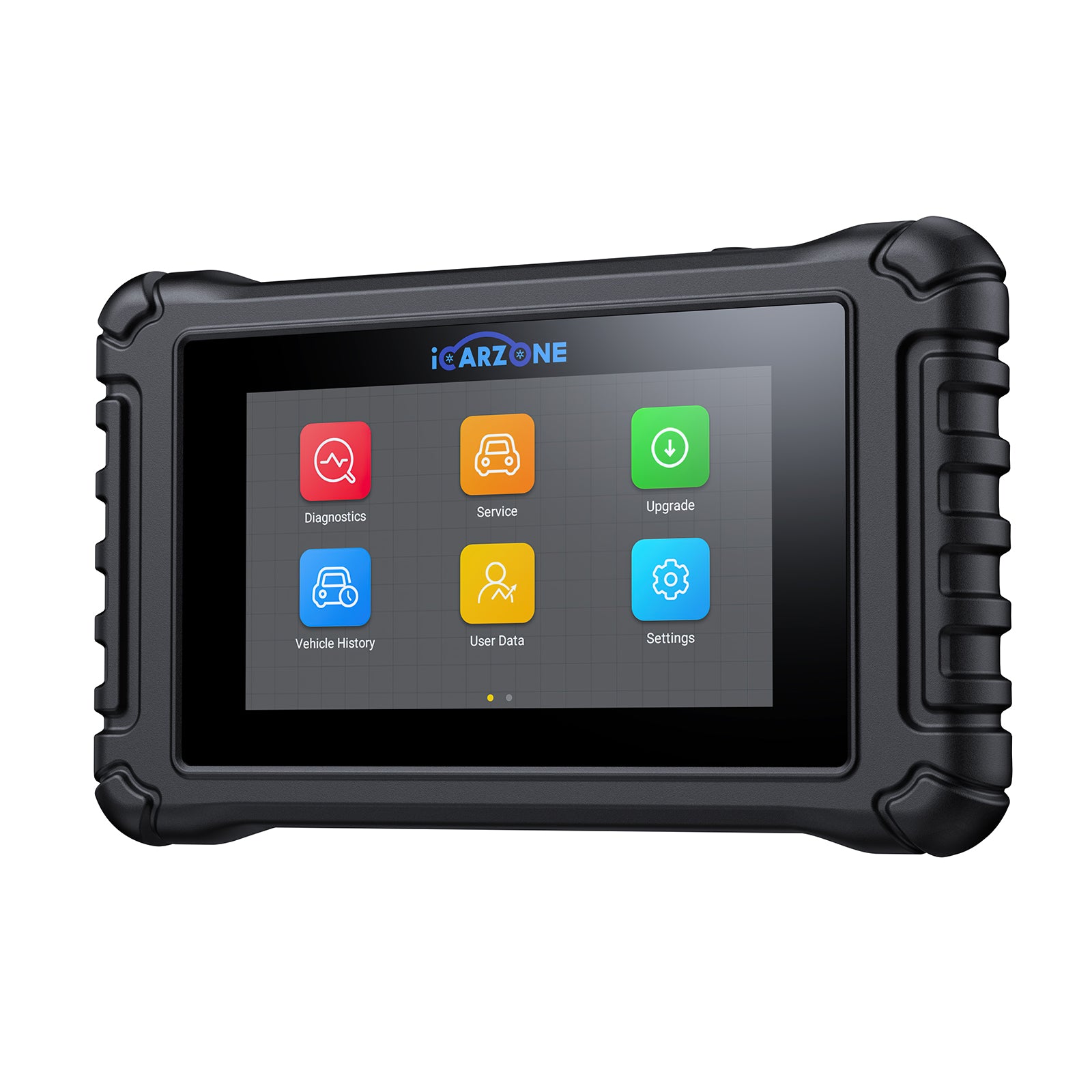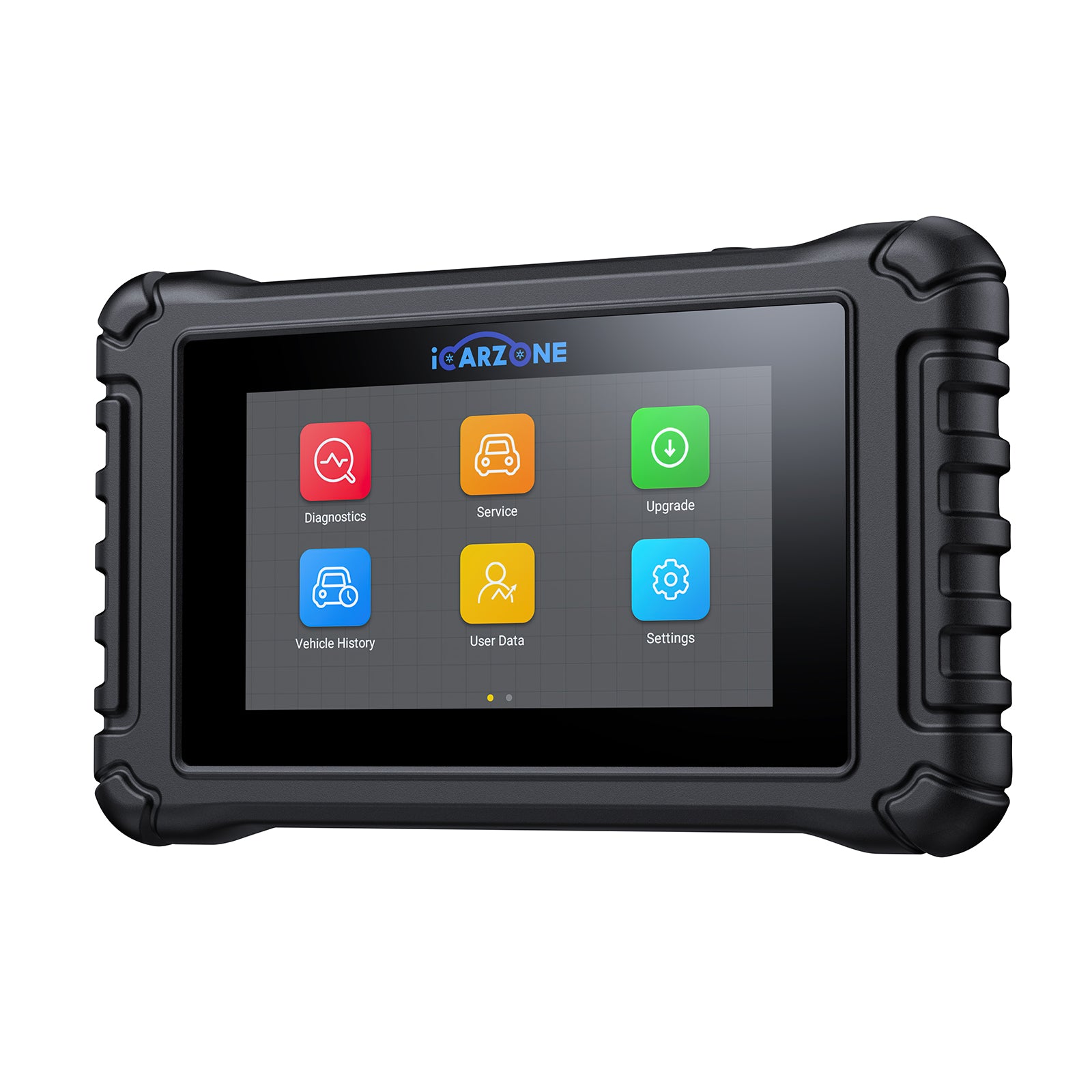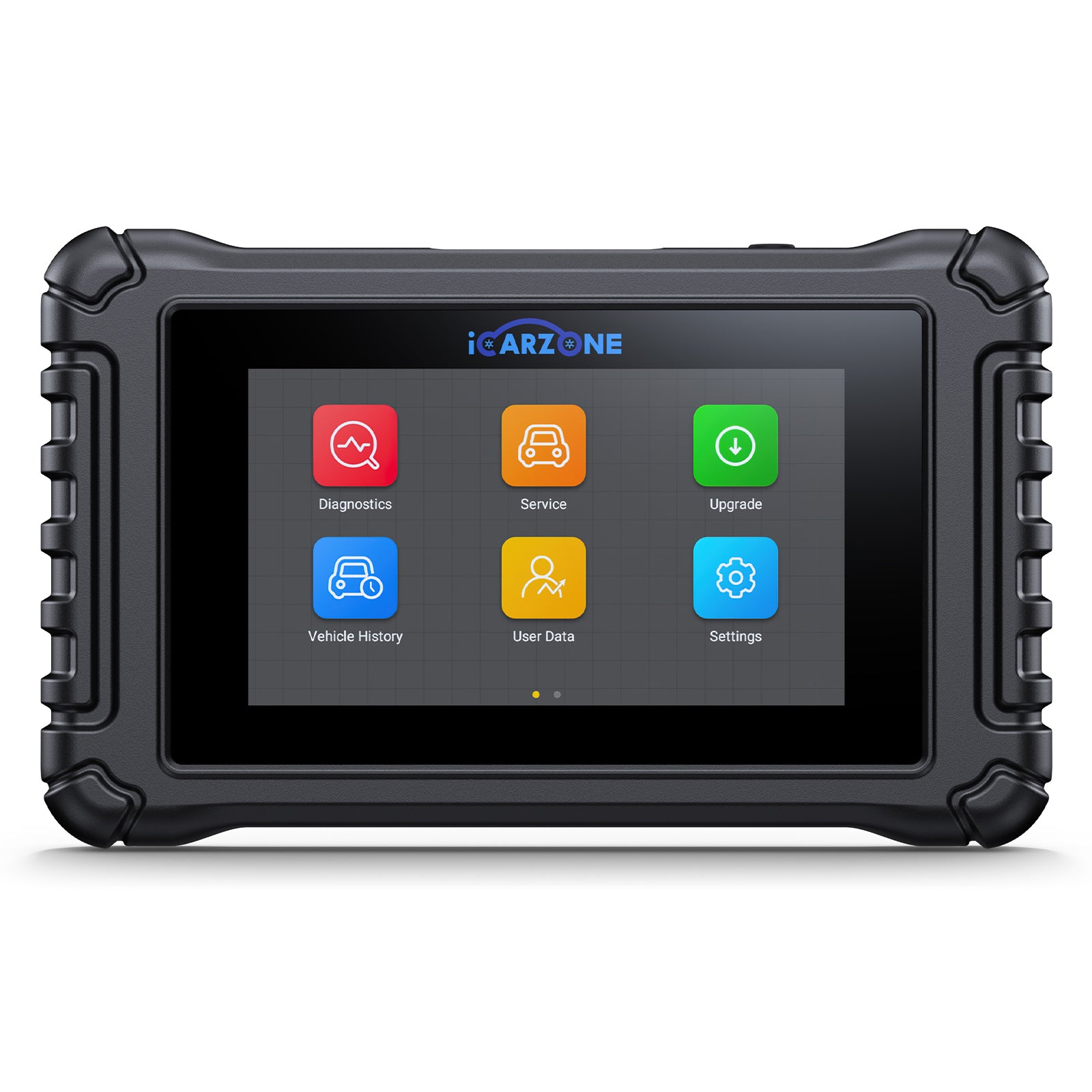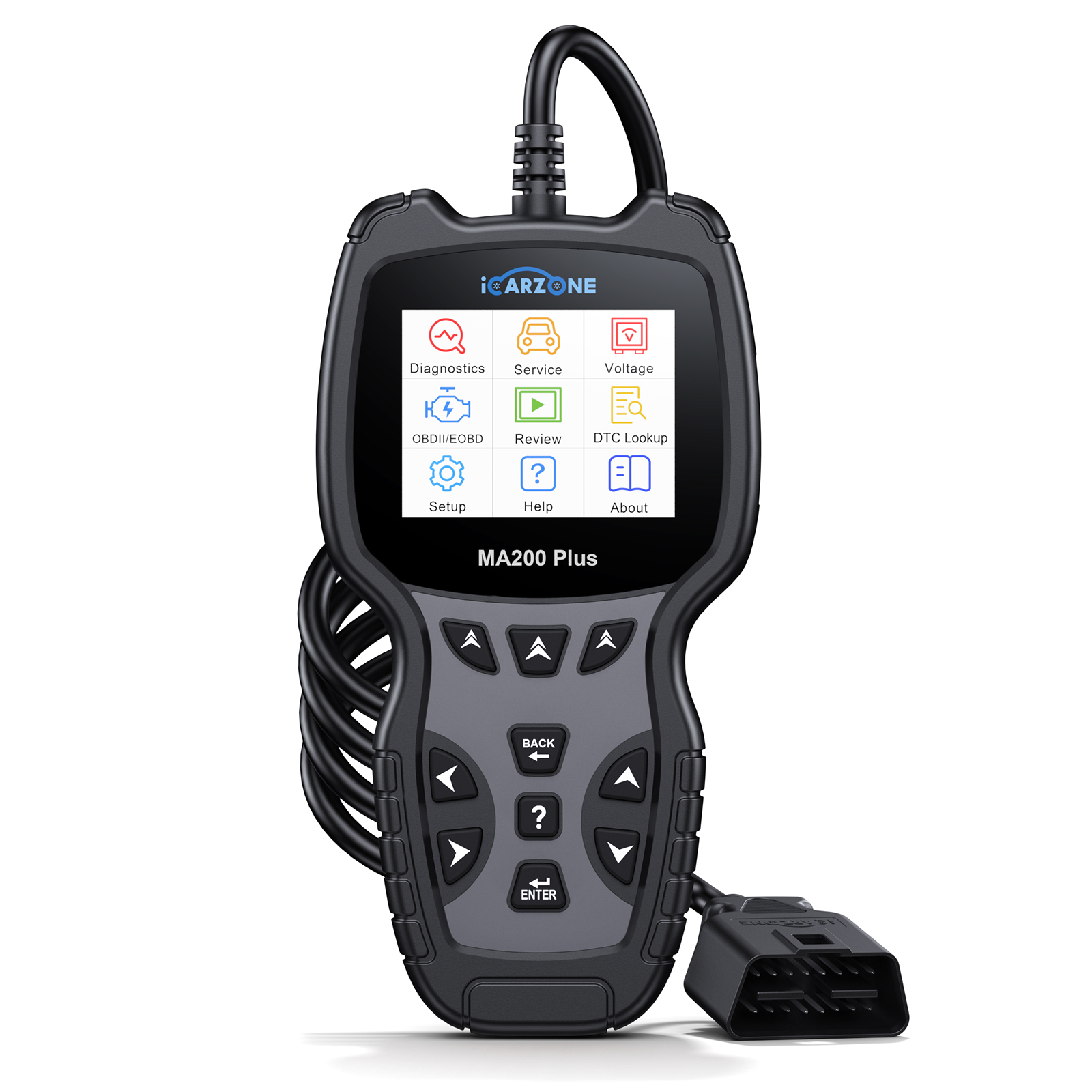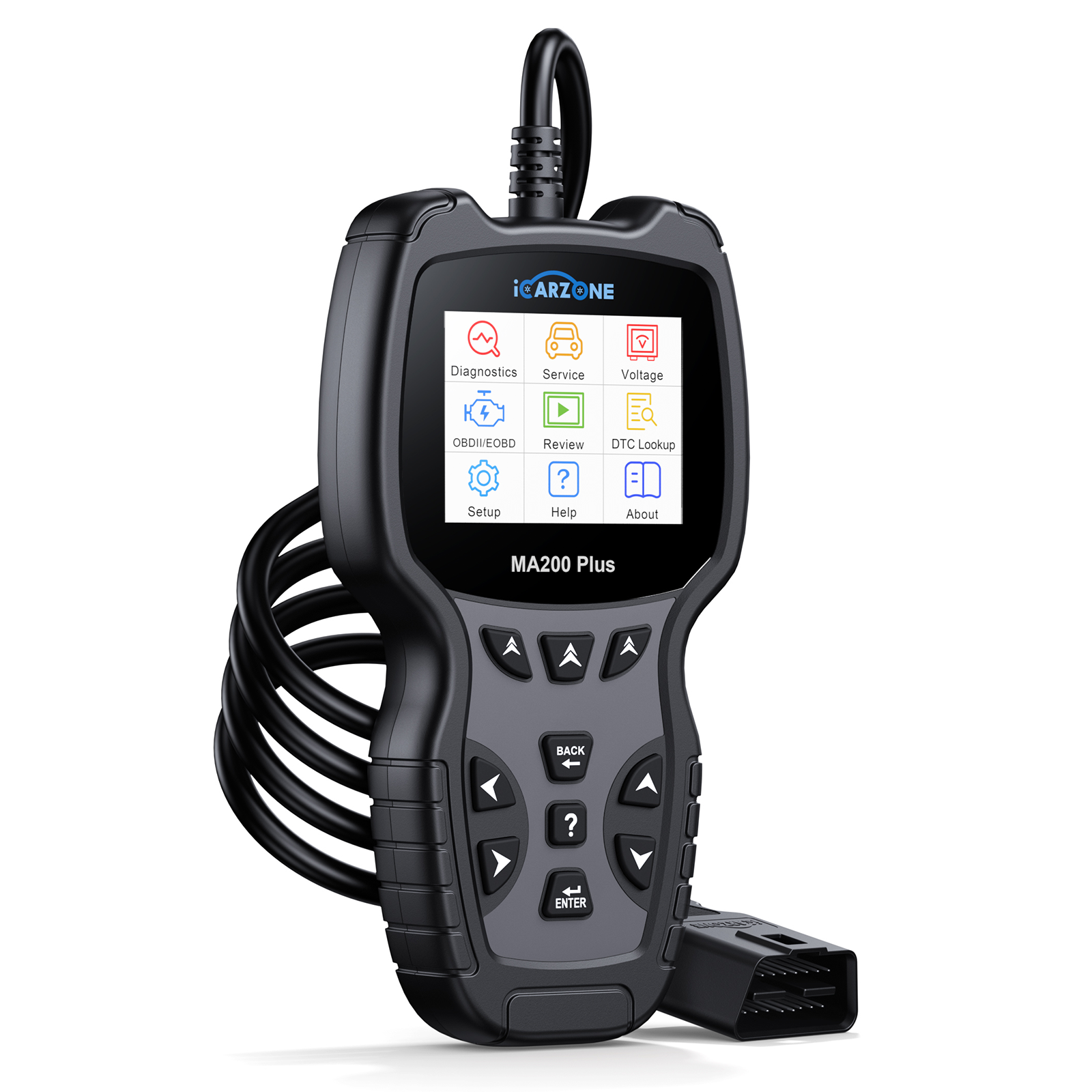P0001 in Ford F-150 EcoBoost: Fix Fuel Regulator Error with ICARZONE UR1000

P0001: Fuel Volume Regulator Control Circuit/Open
Solve P0001 in Ford F-150 EcoBoost. Learn causes, symptoms, and fixes for this fuel system error using the iCarzone UR1000 diagnostic tool.
Get UR-1000 Diagnostic Tool1. What is P0001?
P0001 is a Diagnostic Trouble Code indicating a Fuel Volume Regulator Control Circuit/Open. The fuel volume regulator (FVR) controls fuel pressure in the high-pressure fuel system, and P0001 triggers when the ECM detects an open circuit or no signal from the regulator.
Why It Matters for Ford F-150 EcoBoost
In Ford F-150 EcoBoost models (2.7L and 3.5L), the high-pressure fuel system relies on precise FVR operation to deliver 2,900 psi for turbocharged combustion. A faulty FVR circuit (P0001) disrupts fuel pressure, leading to poor performance and potential engine damage.

2. Common Causes in Ford F-150 EcoBoost
P0001 is highly prevalent in 2017-2022 Ford F-150 EcoBoost models. Here are verified causes with real-world examples:
- FVR Solenoid Failure — Example: 2020 F-150 3.5L EcoBoost owner reported P0001 and power loss. Testing with UR-1000 showed no FVR signal; replacing the solenoid (Ford part #HC3Z-9C968-A) resolved the code.
- Wiring Damage from Heat — Example: F-150 2.7L EcoBoost with 60,000 miles developed P0001. Inspection found FVR wiring melted near the exhaust manifold (a known heat-related issue in 2018-2019 models).
- Corroded Connector — Example: Coastal F-150 owner experienced intermittent P0001. FVR connector under the hood had salt corrosion; cleaning with electrical contact cleaner fixed the issue.
- ECM Software Glitch — Example: 2021 F-150 EcoBoost displayed P0001 after a battery jump. UR-1000 detected a software bug; reflashing the ECM to version vHC3T-12A650-AB resolved the code.
- Fuel Pressure Sensor Fault — Example: P0001 appeared in a 2019 F-150 alongside P0191. Replacing the fuel pressure sensor (Ford part #HC3Z-9F972-A) corrected both codes.
3. Key Symptoms in Ford F-150 EcoBoost
Ford F-150 EcoBoost owners typically notice these P0001 symptoms, often worsening under load (towing, acceleration):
- Check Engine Light illuminated with "Reduced Engine Power" message
- Severe hesitation during hard acceleration (common when merging onto highways)
- Engine misfires at low RPM (especially noticeable when idling at stops)
- Decreased fuel economy (10-15% lower MPG reported by owners)
- Difficulty starting in cold weather (below 40°F/4°C)
- Turbo lag or delayed boost response
- Limp mode activation during towing or heavy loads

4. Ford F-150 Models Prone to P0001
While P0001 affects fuel-injected vehicles, these F-150 EcoBoost models have the highest incidence:
- 2017-2022 Ford F-150 2.7L EcoBoost (all trims: XL, XLT, Lariat)
- 2018-2022 Ford F-150 3.5L EcoBoost (especially Platinum and Raptor trims)
- 2021-2022 Ford F-150 PowerBoost Hybrid (3.5L EcoBoost-based hybrid system)
Ford issued TSB 21-23-03 addressing P0001 in 2017-2019 F-150 EcoBoost models with FVR wiring updates.
5. Diagnostic Steps (Ford F-150 Focus)
Diagnose P0001 in Ford F-150 EcoBoost using the iCarzone UR1000 with this model-specific procedure:
| Step | Action | Tools Needed | Goal |
|---|---|---|---|
| 1 | Scan FVR Circuit Data | iCarzone UR1000 | Confirm P0001 and check FVR solenoid voltage (should show 12V when activated) |
| 2 | Inspect FVR Location | Flashlight, basic tools | Locate FVR on driver-side fuel rail (F-150 EcoBoost) and check for damage |
| 3 | Test Wiring & Connector | UR1000, multimeter | Verify 12V power, ground, and ECM signal to FVR; check for open circuits |
| 4 | Monitor Fuel Pressure | UR1000 (live data) | Check high-pressure fuel readings (should reach 2,500-2,900 psi under load) |
| 5 | Check for TSBs | UR1000 VIN Lookup | Identify F-150-specific bulletins (like Ford TSB 21-23-03) |
Example: A 2019 F-150 3.5L EcoBoost with P0001 showed no FVR voltage via UR-1000. Further testing found a broken wire in the FVR harness — repairing the wire and securing it away from heat resolved the code.
Diagnose F-150 with UR10006. Fixes & Execution
- Replace FVR Solenoid: Use OEM Ford part #HC3Z-9C968-A for 2017-2022 F-150 EcoBoost; ensure compatibility with your engine size (2.7L vs. 3.5L).
- Repair Wiring Harness: Replace melted or broken FVR wires with heat-resistant wiring (Ford spec M1L-81381); secure with heat shields near exhaust components.
- Clean/Replace Connector: Use dielectric grease on FVR connector to prevent corrosion; replace damaged connectors (Ford part #HC3Z-14S411-A).
- ECM Reflash: Update ECM software to the latest calibration using UR-1000 (critical for 2021-2022 F-150 models with software-related P0001).
- Replace Fuel Pressure Sensor: Addresses P0001 paired with P0191; use OEM sensor #HC3Z-9F972-A for accurate readings.
Ford F-150 EcoBoost Specific Workflow
- Always test FVR signal with UR-1000 before replacing parts — 30% of F-150 P0001 cases are wiring issues, not failed solenoids.
- For 2018-2019 models, install Ford’s FVR wiring heat shield kit (part #HC3Z-12B637-A) to prevent future heat damage.
- After repairs, clear codes with UR1000 and perform a test drive with towing simulation to verify fuel pressure stability.
7. Repair Costs & Safety Tips
- OEM FVR Solenoid: $80–$150 (Ford part #HC3Z-9C968-A)
- Wiring Repair Kit: $30–$60 (includes heat-resistant wire and shields)
- Fuel Pressure Sensor: $50–$90 (OEM for F-150 EcoBoost)
- ECM Reflash: $0–$50 (DIY with UR-1000 vs. $120–$180 at dealer)
- Professional Repair: $250–$450 (parts + labor)
Safety Precautions
- Relieve fuel system pressure (using UR1000’s "Fuel Pressure Relief" function) before working on FVR components to avoid fuel spray.
- Allow F-150 engine to cool completely — exhaust manifold heat can cause burns during FVR access.
- Disconnect the battery when repairing wiring to prevent short circuits.
- Use a torque wrench to reinstall FVR (18 ft-lbs for mounting bolts) to avoid damaging the fuel rail.
8. Preventive Maintenance
Ford F-150 EcoBoost owners can prevent P0001 with these fuel system-focused steps:
- Inspect FVR wiring and connector every 30,000 miles, especially if you drive in hot climates.
- Use Top Tier gasoline (91 octane or higher) to reduce FVR solenoid deposits in EcoBoost engines.
- Use UR-1000 to monitor fuel pressure monthly — abnormal readings (below 2,500 psi) can predict P0001.
- Replace fuel filter every 60,000 miles (Ford spec #HC3Z-9N184-A) to prevent debris from damaging the FVR.
- For 2018-2019 F-150 models, install the factory FVR heat shield kit to protect wiring from exhaust heat.
9. Frequently Asked Questions
Short trips (under 10 miles) may be possible, but power loss and limp mode make highway/towing driving risky. Fix promptly to avoid engine misfires.
Yes, prolonged driving with P0001 can cause lean fuel conditions, leading to piston or valve damage in EcoBoost’s turbocharged engine.
Yes, if your F-150 is under the 5-year/60,000-mile powertrain warranty, FVR and wiring repairs are typically covered.
UR-1000 reads FVR signal data, relieves fuel pressure, finds Ford TSBs, and clears codes — critical for EcoBoost-specific diagnosis.
10. Summary
P0001 (fuel volume regulator circuit open) is a common fuel system error in 2017-2022 Ford F-150 EcoBoost models, caused by solenoid failure, wiring damage, or software glitches. The iCarzone UR1000 simplifies diagnosis by testing FVR signals, monitoring fuel pressure, and accessing Ford TSBs. Most cases are resolved with solenoid replacement or wiring repairs, avoiding costly dealer visits.
Fix F-150 P0001 with UR-1000
The UR-1000 is optimized for Ford EcoBoost diagnostics, providing FVR circuit testing and fuel pressure monitoring to resolve P0001 quickly. Perfect for F-150 owners and DIYers.
Order UR1000 for Ford F-150


